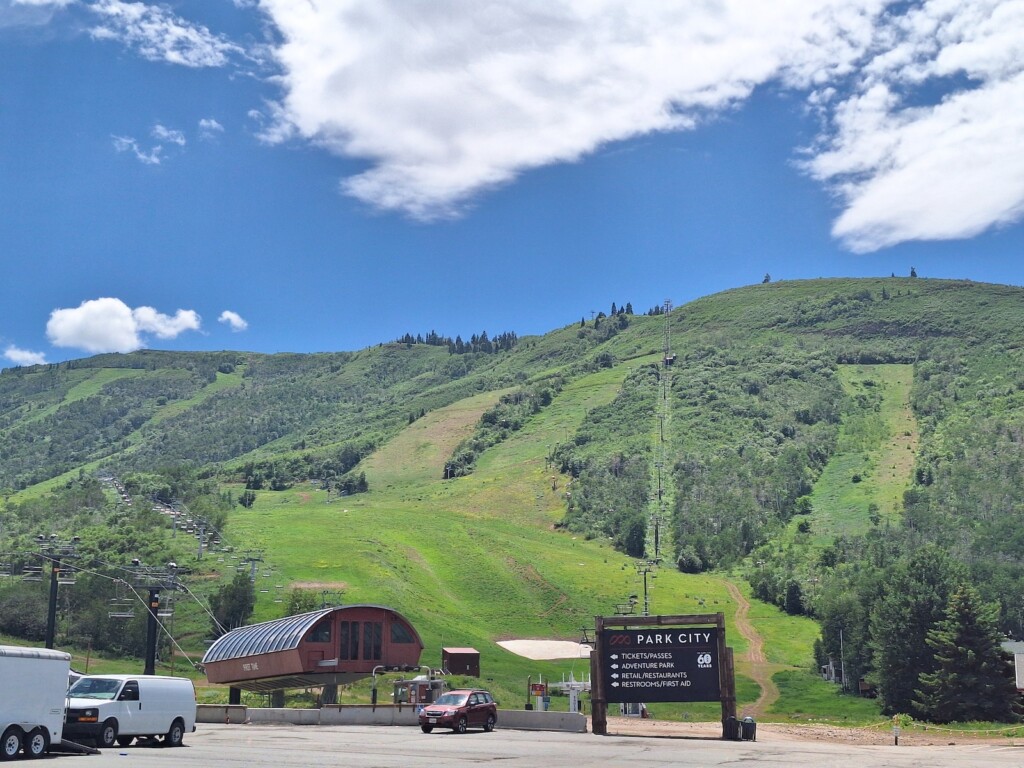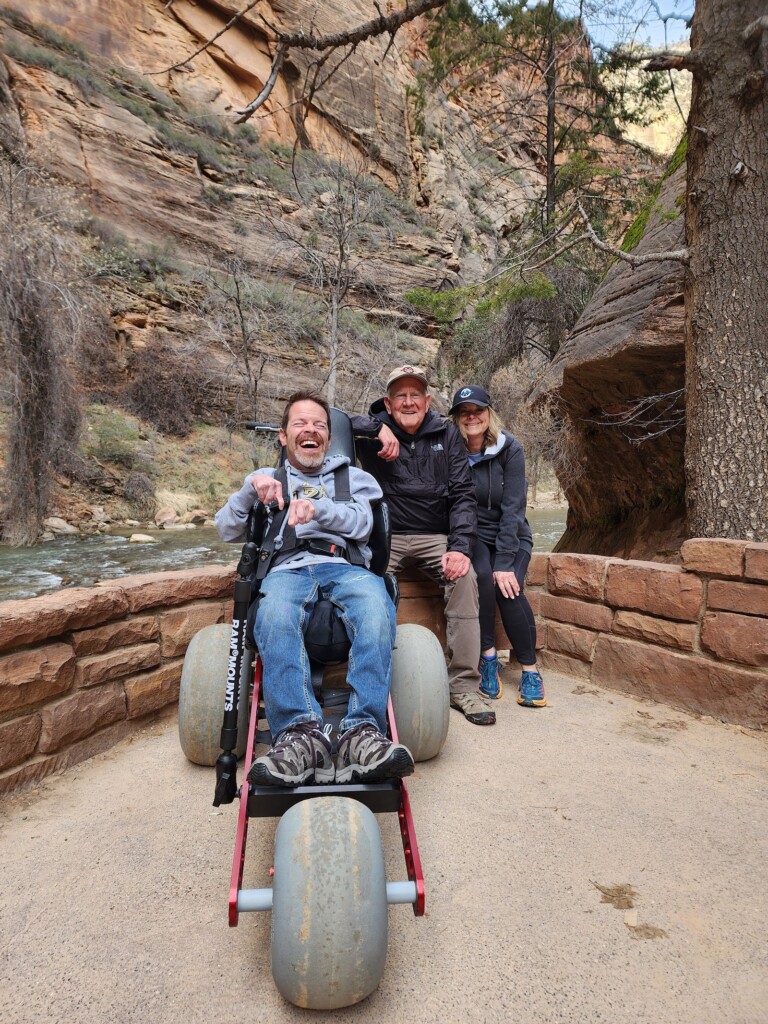When I call Max Cloward, he answers the phone from inside his airplane — up in the clouds. Can he call me back when he lands? he asks. “Of course,” I say, eager to get off the phone and leave the man to it.
Later that evening, Cloward tells me that he and his girlfriend, Jenny, had been somewhere in the sky between Draper, Utah, and Clovis, New Mexico. “Usually the phone doesn’t work,” he says. “When somebody calls, I try to answer it to see what happens.”
That’s the kind of experimental spirit we’re looking for in a member of Utah’s Experimental Aircraft Association (EAA). Cloward is the president of Chapter 23, hangared at Bountiful Sky Park.
Beginnings
The national EAA was founded in 1953 by Paul Poberezny, a military pilot who eventually earned every set of wings the military offered. He was also a homebuilt airplane enthusiast and created the EAA to encourage and support others who wanted to build and fly their own planes.
Most of the planes being flown aren’t experimental in the sense that the models or designs are unproven. Experimental aircraft are homebuilt, antique, or classic war planes licensed in this category by the Federal Aviation Administration (FAA). They’re designated “experimental” because they’re built or restored outside of a certified factory setting. While most designs are tried-and-true, any new airplane design that comes on the scene also fits into this category.
One current example is a double boxtail design being developed by Synergy Aircraft in Montana. Once that design has proven its airworthiness, it will get a certificate from the FAA, and then the manufacturer can start selling kits to eager homebuilders.

Collaboration
Home building an airplane requires extensive knowledge, and Cloward makes the point that one person alone can’t do it all. That’s where EAA membership comes in. The association offers educational content on the myriad subjects needed to master aviation homebuilding. These include the correct use of sheet metal, fabric covering, and composite; working with electrical and avionics components, understanding fiberglass techniques, and learning Tungsten Inert Gas (TIG) and gas welding. The organization can also help interested members choose the right kit or build a plane entirely from scratch.
It seems like community is at the heart of the EAA experience. Chapter members live in towns from Ogden to Price, and travel for meetings — by air if they’re so inclined. The chapter hosts monthly breakfast fly-ins to Logan and Spanish Fork, where pilots and their guests are provided breakfast at another chapter’s hangar. They also organize vacation fly-outs to fun spots like West Yellowstone. Those looking for even more adventure can sign up for backcountry fly-outs where pilots must land on a grass or dirt strip in a remote location. These are sponsored by the Utah Backcountry Pilots Association.
And then there’s the annual weeklong rally in Oshkosh, Wisconsin. “That’s like the Mecca fly-out,” Cloward says, noting that people come from all over the world. “You park the plane, pull your tent out, and set it up next to the plane.”
Reaching Out to the Next Generation
It’s common to hear pilots say they became fascinated with airplanes at a young age. That makes them aware of the need to encourage kids to become active in aviation, to consider aviation careers, and to provide funding for them to get started. To that end, the EAA hosts Young Eagle Rallies where kids can take an airplane ride with an experienced chapter pilot. Once the child has taken a free flight, they have access to an online course called Ground School. Sixteen and 17-year-olds can apply for the Ray Aviation Scholarship program, which will pay up to $11,000 toward a pilot’s license.
Jason Rasmussen, the chapter’s first Ray Scholarship recipient, is now a scholarship coordinator. He’s working to get a Utah aviation license plate. Money raised through the plate will create a scholarship fund for 18- and 19-year-olds who have not previously had access to scholarship money.
Cloward began by building model airplanes as a kid, and that created a deep desire to build a full-sized one. He built a Vans RV7A kit in his garage over the course of seven years.
“The project changed me,” he says. “I grew so much, and I met so many wonderful people.” The logo on his plane honors everyone who helped him get his project off the ground.

Inspiration and Miracles
Maybe spending so much time in the heavens has made Cloward feel like his home building experience has been wrapped in miracles. Things just come together in ways he can’t always explain: sudden inspiration struck when he was baffled while doing the wiring. A neighbor volunteered his equipment when the decals were proving too complicated to cut by hand.
Cloward tells a story of a pilot whom they’d just met at a small airport, who offered Cloward and his son-in-law the use of his car for the entire weekend.
“We went to his house, he hands the keys to Justin, and says, ‘Drop the car off behind my hangar when you leave in the morning.’ Justin asked me, ‘Does this happen often?’ Yes,” Cloward says, “it happens all the time.”
Feature Image courtesy of Max Cloward.






